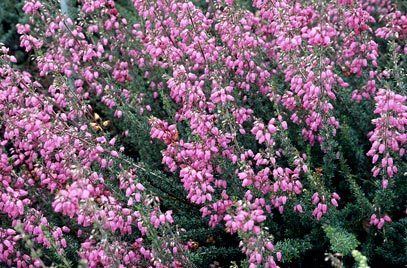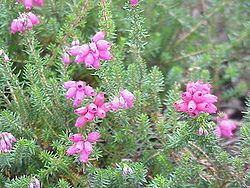Scientific name Erica cinerea Rank Species | Genus Erica Higher classification Heath | |
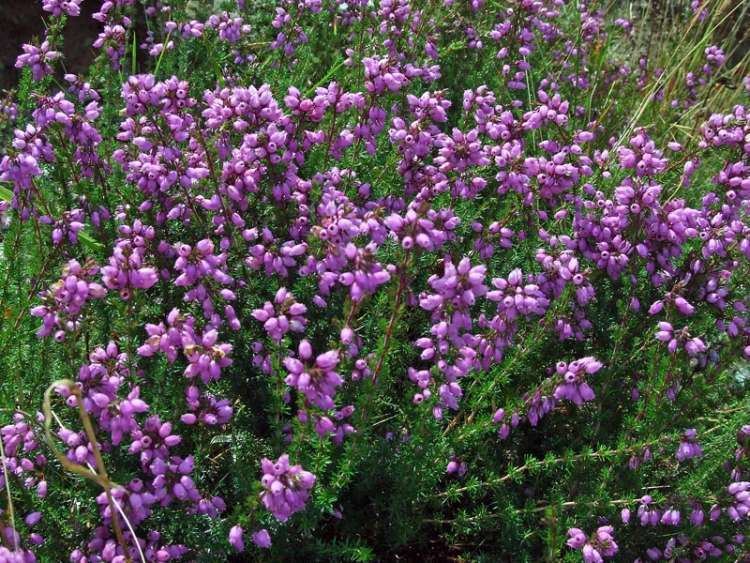 | ||
Similar Heath, Erica tetralix, Erica vagans, Ericaceae, Erica carnea | ||
Erica cinerea
Erica cinerea (bell heather, or heather-bell) is a species of flowering plant in the heath family Ericaceae, native to western and central Europe.
Contents
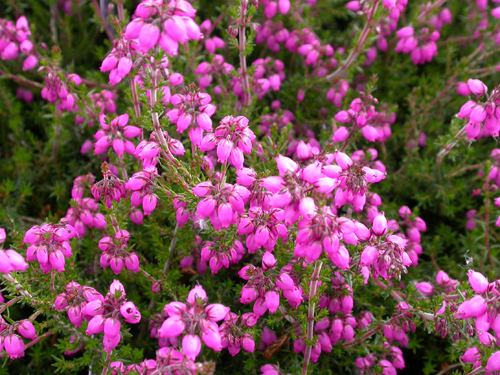
How to identify bell heather erica cinerea
Description
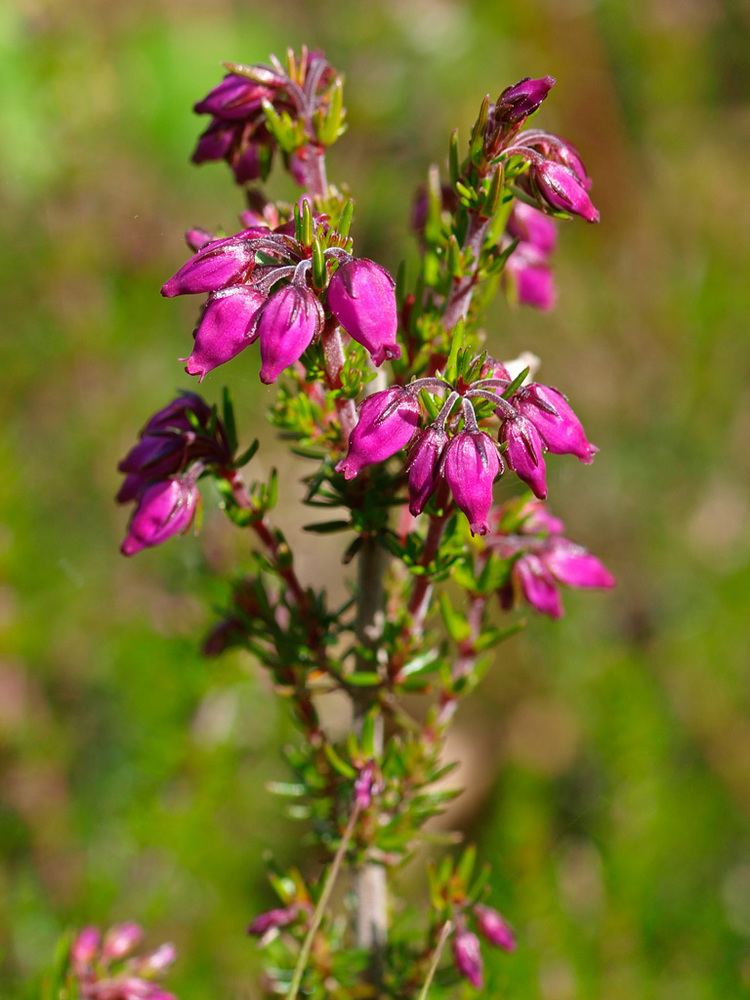
It is a low, spreading shrub growing to 15–60 cm (5.9–23.6 in) tall, with fine needle-like leaves 4–8 mm (0.16–0.31 in) long arranged in whorls of three. The flowers are bell-shaped, purple (rarely white), 4–7 mm (0.16–0.28 in) long, produced in mid- to late summer. The flowers are dry, similar in texture to the strawflower.
The Latin specific epithet cinerea means "ash coloured".
Distribution
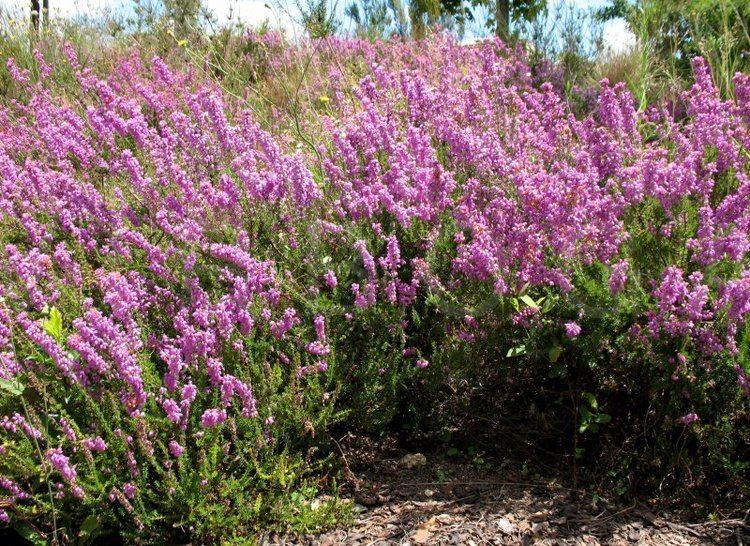
Erica cinerea is native to the west of Europe, where it is most abundant in Britain and Ireland, France, northern Spain and southern Norway. It also occurs in the Faroe Islands, Belgium, Germany, north-western Italy, and the Netherlands. It mostly occurs on moors and heathland with relatively dry, acidic, nutrient poor soils. It occurs in coastal dune heath and dune slack and occasionally in woodland. It is described as "of least concern" on the IUCN Red List of Threatened Species.
Uses
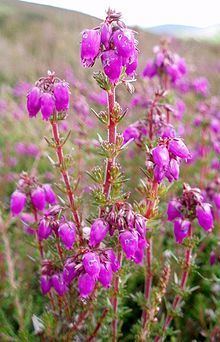
It is grown as an ornamental plant, cultivated in a wider range of colors. It is drought-tolerant and grows well in full sun with well-drained soil. Like most heathers, it is a calcifuge and dislikes alkaline soils (e.g. calcareous) which cause the symptoms of iron deficiency. Like other cultivated heathers, it is often seen as groundcover among plantings of dwarf conifers.
Bell heather is a source of heather honey.
These cultivars have gained the Royal Horticultural Society's Award of Garden Merit:
